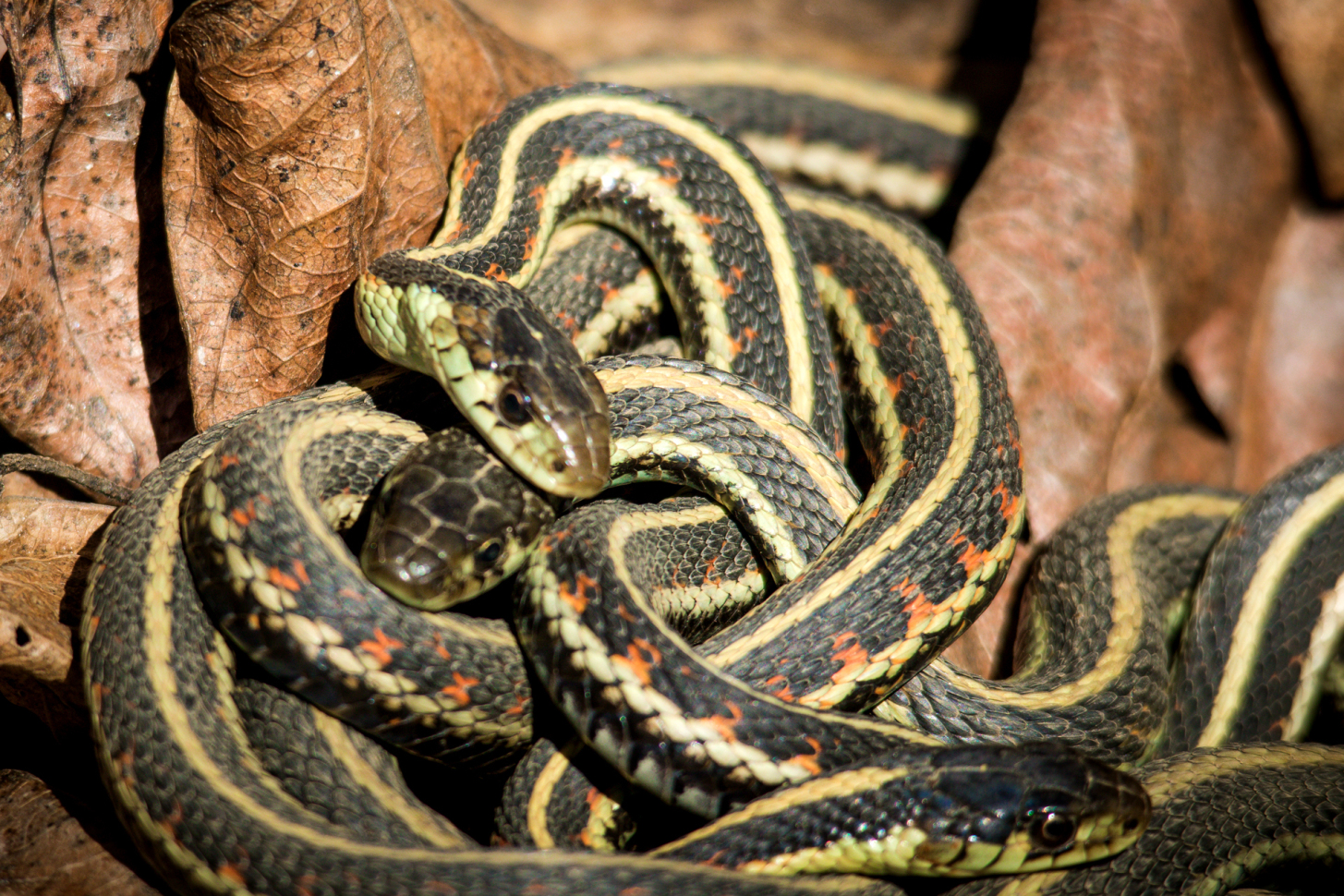

Snake also has two lungs, a liver, kidneys, and intestines stretched out in its Snake’s internal organs include a long throat with an even longer stomach. Together, theīones and muscles protect the snake’s internal organs. Of these vertebrae and ribs are connected to strong muscles. What Purpose Does aĪre a few different benefits to snakes having a backbone. Millions of years ago, some snakes even had arms and legs, though evolution took these limbs away. Fossilized snakes can be found all over the world, such as the bones of the grass snakes uncovered by researchers at the University of Amsterdam. There is evidence that snakes have had backbones throughout history. This large number of vertebrae is what makes snakes so flexible and surprisingly strong for their mass. The exact number depends on the size and species of the particular snake. Snakes, on the other hand, can have between 200 and 400 vertebrae, with just as many ribs attached to their backbone.

More vertebrae and ribs than a human’s backbone. In fact, their backbones are made up of many Snakes are very flexible, able to flip and twist around much more than You simply look at a snake, you might be tempted to think that it does not haveĪ backbone. The smallest invertebrates, such as the rotifer, are too small to be seen with the human eye alone. The largest known invertebrate is the colossal squid, which can weigh over a thousand pounds and reach over 40 feet in length. Worms, with their floppy, boneless bodies, are Animals withĮxoskeletons, such as crustaceans and other arthropods like insects, are alsoĮxamples of invertebrates. Starfish, and jellyfish are all examples of invertebrates. Will often find invertebrates in the ocean. Some of these invertebrates, like echinoderms, do not even have a head. They might have many legs, or no legs at all. They may be big or small, and they may swim, run, or crawl. We are currently aware of over 2 million species of invertebrates, and it is possible that millions more exist and have yet to be discovered.Īside from this shared characteristic of lacking a backbone, invertebrates are a widely varied group. Unlike vertebrates, invertebrates do not have any backbones or spinal bones. Over 96% of all animals on Earth are invertebrates. Vertebrates also have a skull to house and protect their brain. Vertebrates are more complex animals than invertebrates, often with larger brains and greater cognitive capability. Far more animal species here are invertebrates instead.Īn advantage that vertebrates have over invertebrates is higher intelligence. However, it’s worth noting that that is only about 3% of all known animals. This adds up to around 65,000 known species of vertebrates. Many animals are vertebrates, including mammals, amphibians, birds, fish, and reptiles. Cold-blooded animals, like reptiles, amphibians, and fish, cannot maintain a constant internal body temperature. These animals can be either cold-blooded (ectothermic) or warm-blooded. The bone pieces of this spinal column are often referred to as vertebrae. Vertebrates are animals that have a backbone or a spinal column.

Learn what the differences are between these two main groups of animals.

2.3 Can a Snake Break Its Bones? How Can We Tell IfĪ Snake is a Vertebrate or an Invertebrate?įigure out whether a snake is a vertebrate or an invertebrate, let’s first


 0 kommentar(er)
0 kommentar(er)
